Entering the Home Stretch
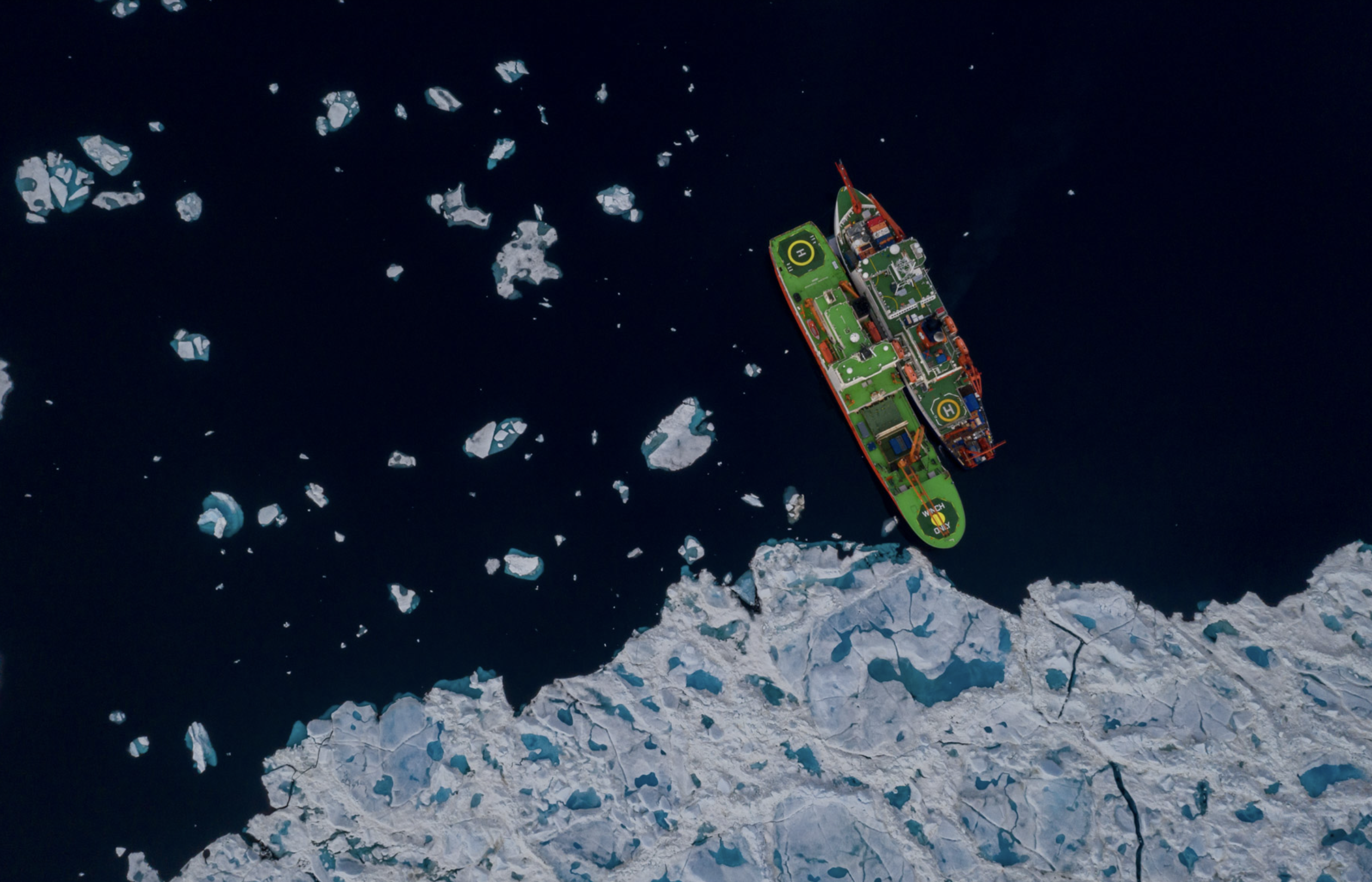
This past week, the Russian research vessel Akademik Tryoshnikov reached the Polarstern and the leg 4-5 transition went off without a hitch. What is involved in a leg transition between ships, and how exactly does this happen? In the photo on the right, you can see the Tryoshnikov and the Polarstern moored right next to each other. The Tryoshnikov refilled the Polarstern's fuel supply through a process called 'bunkering.' In the most simplest sense, fuel is pumped from a storage tank in one ship to the other through a hose connecting the two. The Tryoshnikov also transported supplies to the Polarstern such as food. And perhaps the most crucial element, the Tryoshnikov transferred the leg 5 scientists and crew, and welcomed leg 4 participants on board for their journey home. People were transported between these two ships via a 'mummy chair,' which is just a cage that people stand in that can be lifted by a crane from one deck to another.
Photo (R): The Akademik Tryoshnikov (left) docks with the Polarstern (right) to transport fuel, food, and people. Photo credit: Steffen Graupner/AWI
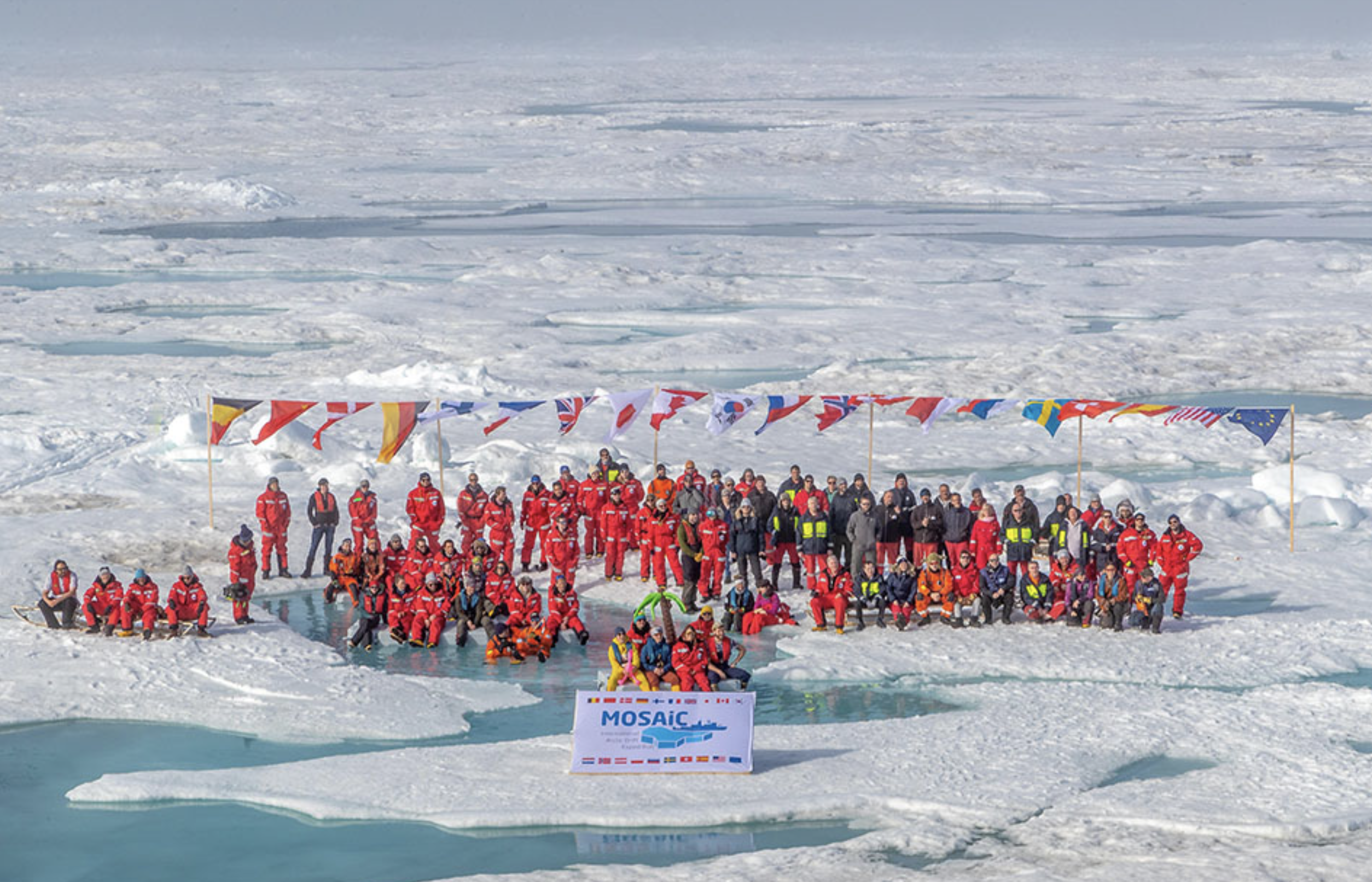
Completing the Cycle
Leg 5 is the final leg of the MOSAiC expedition, although it's not the end--so much will still need to be done after all participants are back home. The Polarstern is now traveling under engine power back north into the Central Arctic to find a new floe, where Leg 5 scientists will study the last stage of the seasonal sea ice cycle: early freezing. The expedition began almost one year ago in September, when the Arctic sea ice extent was at a minimum. How will the sea ice minimum this year compare to last year? MOSAiC scientists will be looking to answer this question and more during these last final months of what has turned out to be an epic journey with twists and turns and challenges overcome.
Photo (L): MOSAiC leg 4 participants; Photo credit: Lianna Nixon/CIRES, CU Boulder
Track the Polarstern with the MOSAiC web app
 #askmosaic: No More Netflix
#askmosaic: No More Netflix
This week's question: Do you have wi-fi service?
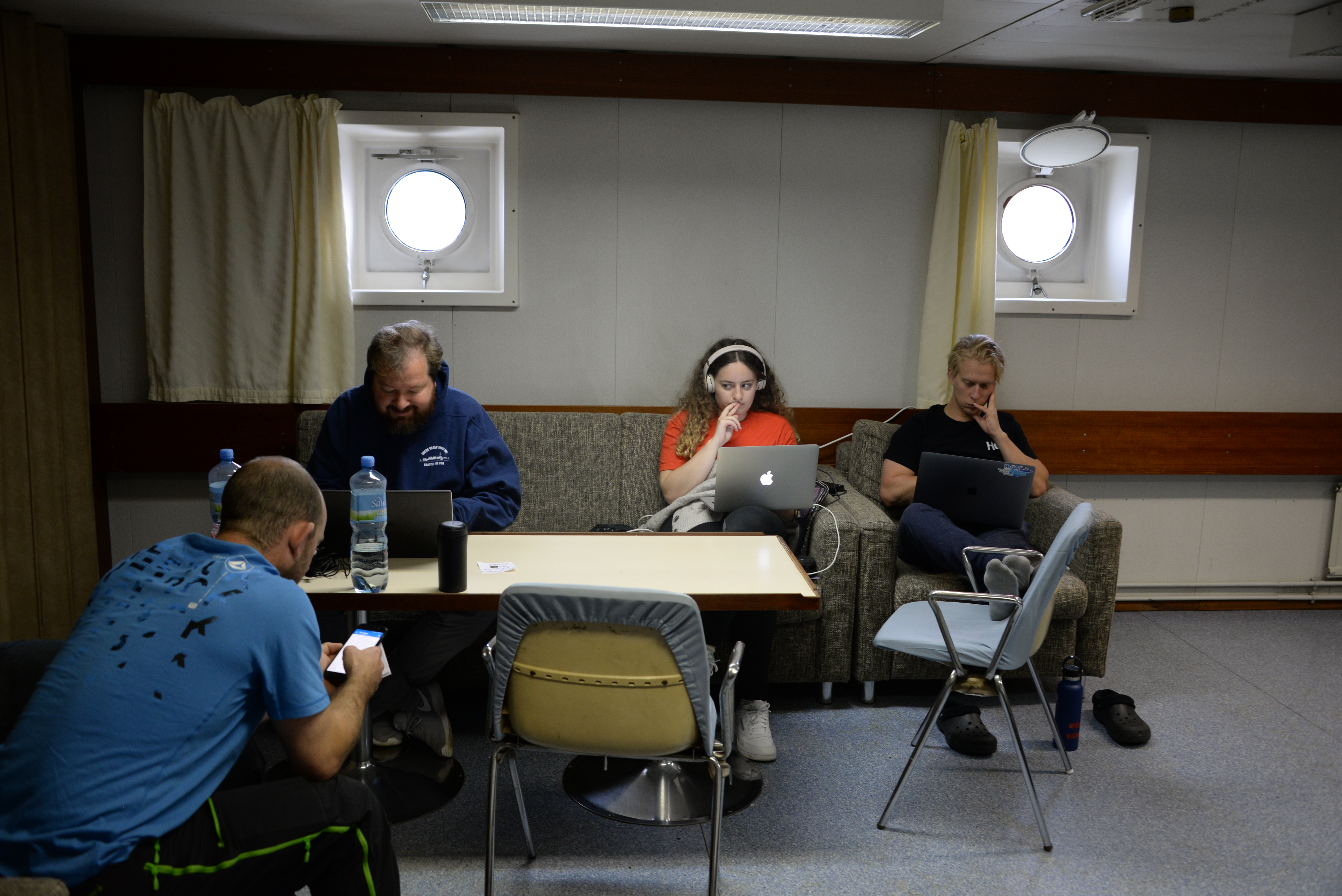
"We have a wifi system with 15 access points, which connects the cabins, labs, and public areas of the Polarstern. But this one connects computers and cell phones to a local network only--the so-called intranet for the Polarstern's local websites and information systems, such as the vessel’s position, weather data and forecasts etc. Additionally, there is a small bandwidth for external communications, which is merely opened for WhatsApp text messages. All our communications run via a satellite system that covers the whole world including the Central Arctic – and is very limited. Therefore, you do not need to think about video streaming on an Arctic expedition. Overall, we are far away from everything you know from home, although we have a so-called wifi."
-Andreas Winter, System Manager Polarstern Crew, and Folke Mehrtens, Communications Officer on board, AWI
Photo: MOSAiC team members passing time on board the Akademik Fedorov during leg 1 of the expedition. Photo credit: Anne Gold/CIRES
Curious about the Arctic and MOSAiC expedition? Here are three ways you can send us your #askmosaic questions:
1. Submit them
2. Email them: mosaic@colorado.edu with subject line "#askmosaic"
3. Tag us on social media: #askmosaic
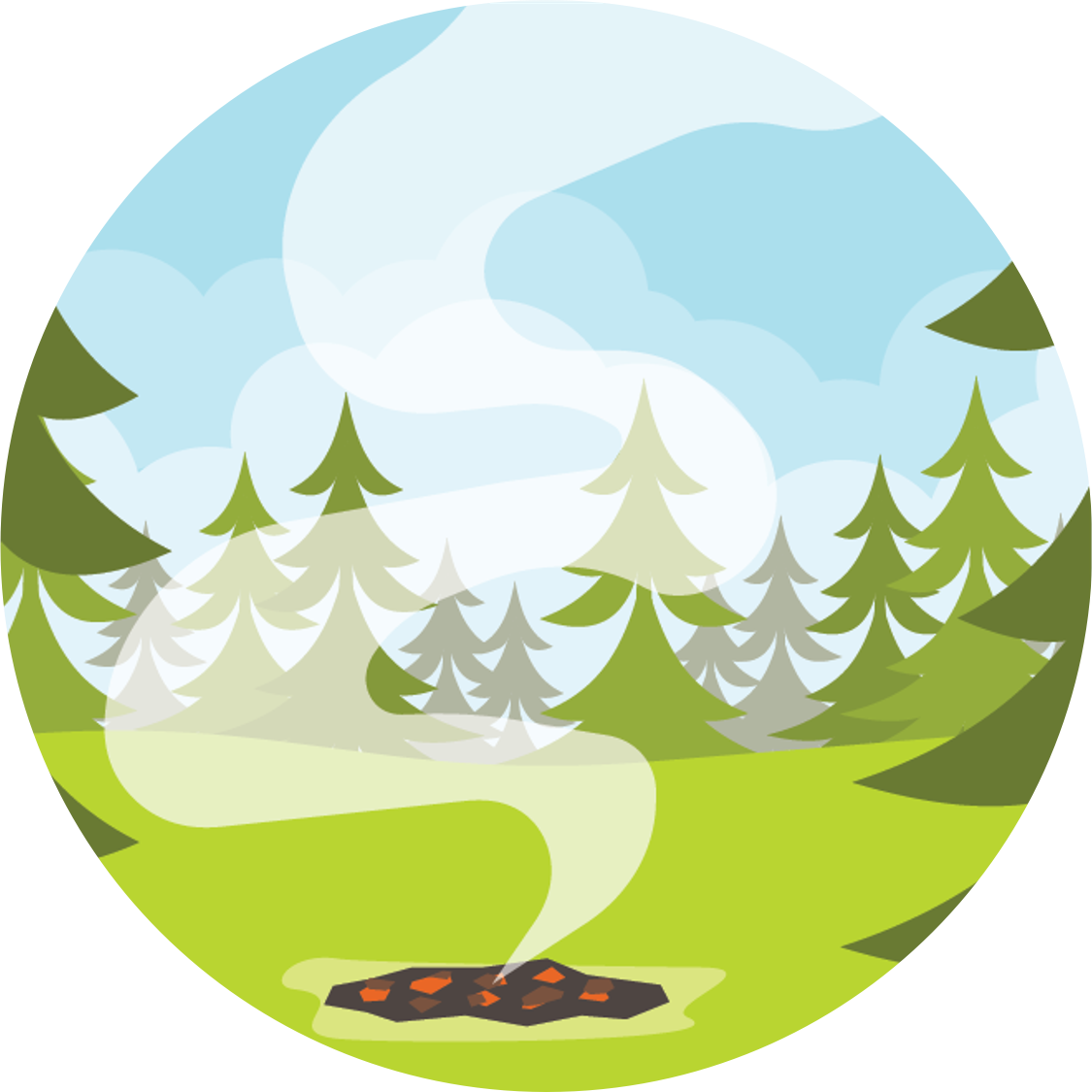 MOSAiC Virtual Summer Camp - Final Week!
MOSAiC Virtual Summer Camp - Final Week!
Did you or your kids have summer camp plans that fell through because of COVID? Not to worry! Tune in to MOSAiC Monday each week for a fun, hands-on and engaging virtual summer camp activity related to MOSAiC or the Arctic. All MVSC activities should be done with parent supervision!
This Week's Activity: Write an Epic Story or Screenplay
The MOSAiC expedition has all of the makings of an epic novel or Hollywood thriller: adventure, plot twists, and a captivating cast of characters. For this final MOSAiC Virtual Summer Camp activity, we challenge you to write an epic tale or Hollywood screenplay inspired by a single MOSAiC expedition photo.
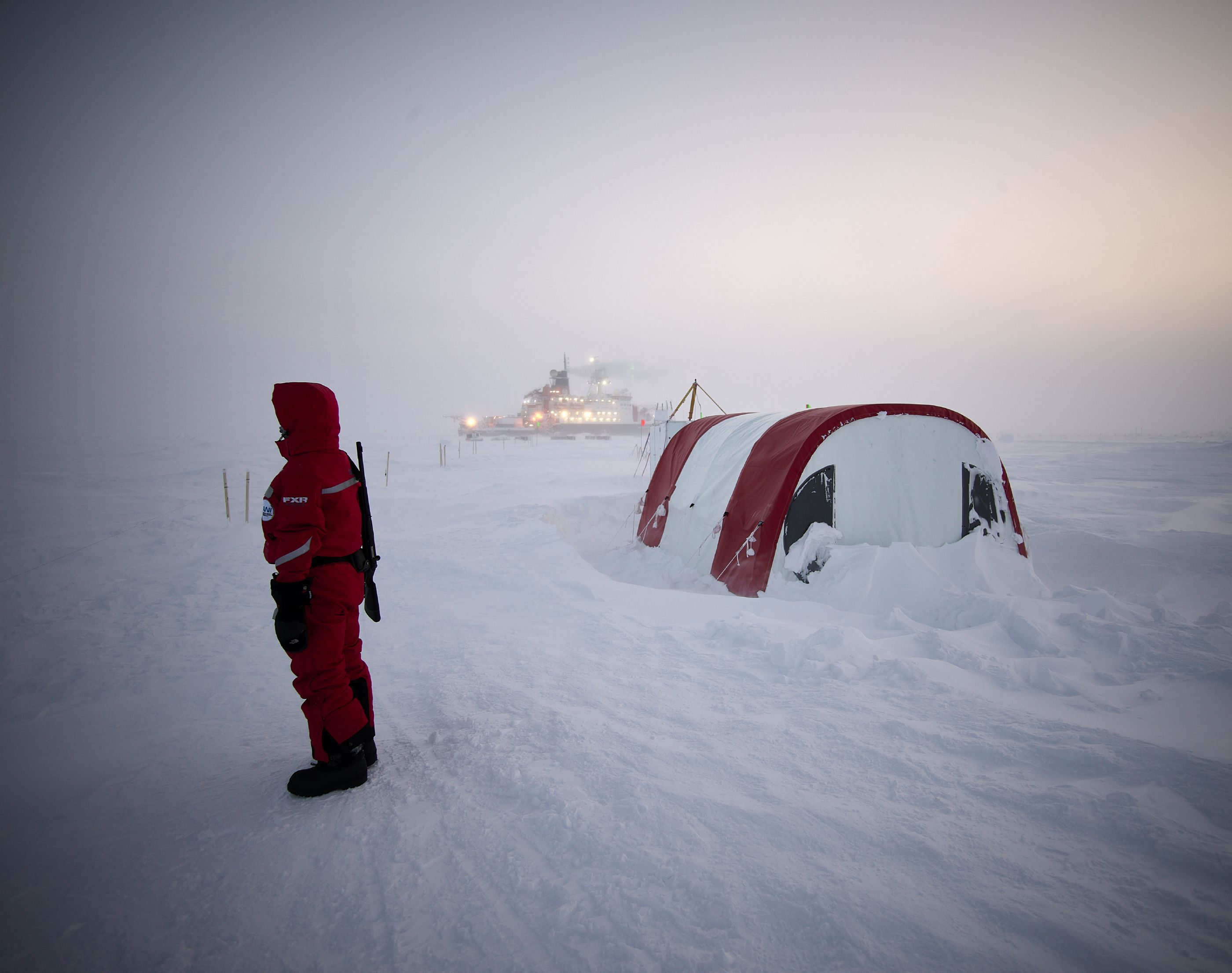
What you will need:
- Pencil and paper
- Computer with internet access
- Link: MOSAiC Photo Library
- Your imagination!
What to do:
- Browse through the various photos in this MOSAiC photo library, and choose one that you like.
- The photo you chose will serve as your single source of inspiration for your epic story or screenplay. What might be going on in the photo? How might it fit into a bigger picture scenario? Your story doesn't have to have anything to do with MOSAiC - use your imagination!
- Write out an outline of your story. Who are the characters? What is the main plot about? Where does this story take place? If you are writing a screenplay, you can even cast actors for your characters.
- Write your story or screenplay using your outline as your guide.
- Share your story or screenplay with someone else - a family member, friend, or teacher. Make sure to share the photo that inspired your story too!
Photo credit: Michael Gutsche/AWI
Check out our full list of virtual and at-home polar learning resources!
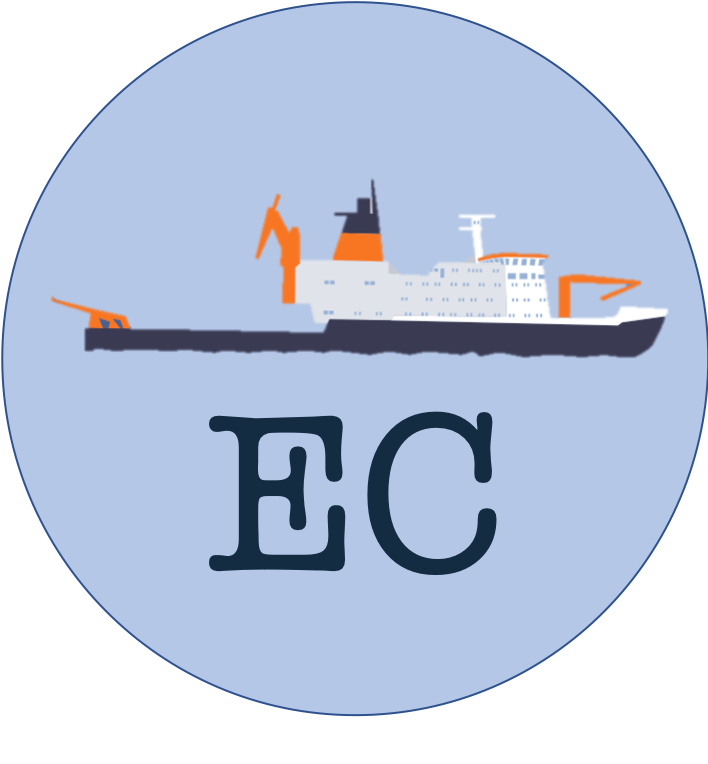 Educators' Corner
Educators' Corner
The school year is fast approaching, and we're here to help all of you awesome educators with your school year planning! Each week throughout the summer, we'll use Educators' Corner to highlight MOSAiC and Arctic-related lessons, multimedia resources, and other educational materials that you can use in your NGSS (or similar) classroom, in person or remotely. Are you looking for a particular kind of educational resource? Let us know! Email us at mosaic@colorado.edu.
This Week's Resource: Storytelling to Build Connections in a Virtual World workshop for educators
Date: August 20 & 21, 12 – 2 pm MT each day
Registration: Free!
Link to register and more details: https://www.eventbrite.com/e/storytelling-to-build-connections-in-a-virtual-world-tickets-115377240432
Description: Everyone has a story to tell and in this teacher workshop, facilitated by education and outreach associates from the University of Colorado Boulder, we will provide important storytelling resources to help participants connect and develop relationships with their students virtually. Participants will be introduced to key elements of storytelling, engage with storytelling resources developed as part of the award winning Lens on Climate Change project, and ultimately produce a video in which they tell their own story. The storytelling framework presented in this course may also be applied to other classroom investigations (see "Catch our Drift" video). We are all storytellers, and we think this course will help participants and their future students be inspired to tell theirs.
There is no cost to register for the workshops, and participants will receive 5 continuing education hours with the option to also receive graduate credit from CU Boulder.
Register here today!
Please contact jonathan.griffith@colorado.edu with any questions
Browse our MOSAiC Education page for classroom activities, virtual expeditions, and more!
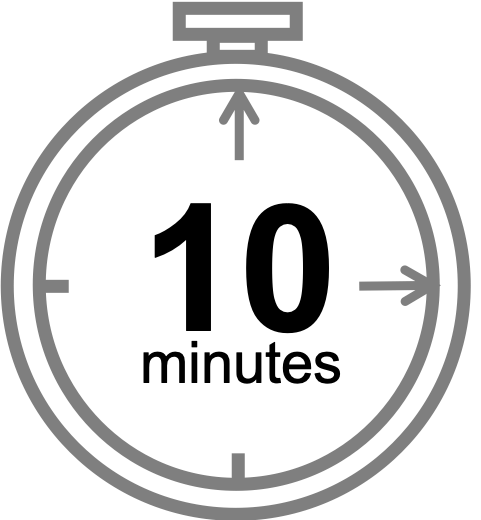 MOSAiC Weekly Tracking
MOSAiC Weekly Tracking
Plot the Polarstern
Each week we will provide you with the latitude and longitude coordinates of the Polarstern so that you can track its journey across the Arctic.
Download the map to plot coordinates
Download a larger map of the Arctic for a bigger picture view of the expedition area
Location of the Polarstern
| Date | Latitude | Longitude |
| September 16, 2019 | 69.68 N | 18.99 E |
| September 23, 2019 | 72.31 N | 26.93 E |
| September 30, 2019 | 85.12 N | 138.05 E |
| October 4, 2019** | 85.08 N | 134.43 E |
| October 7, 2019 | 85.10 N | 133.82 E |
| October 14, 2019 | 84.85 N | 135.03 E |
| October 21, 2019 | 84.97 N | 132.73 E |
| October 28, 2019 | 85.47 N | 127.07 E |
| November 4, 2019 | 85.88 N | 121.70 E |
| November 11, 2019 | 85.82 N | 116.00 E |
| November 18, 2019 | 86.05 N | 122.43 E |
| November 25, 2019 | 85.85 N | 121.35 E |
| December 2, 2019 | 85.97 N | 112.95 E |
| December 9, 2019 | 86.25 N | 121.40 E |
| December 16, 2019 | 86.62 N | 118.12 E |
| December 23, 2019 | 86.63 N | 113.20 E |
| December 30, 2019 | 86.58 N | 117.13 E |
| January 6, 2020 | 87.10 N | 115.10 E |
| January 13, 2020 | 87.35 N | 106.63 E |
| January 20, 2020 | 87.42 N | 97.77 E |
| January 27, 2020 | 87.43 N | 95.82 E |
| February 3, 2020 | 87.42 N | 93.65 E |
| February 10, 2020 | 87.78 N | 91.52 E |
| February 17, 2020 | 88.07 N | 78.52 E |
| February 24, 2020 | 88.58 N | 52.87 E |
| March 2, 2020 | 88.17 N | 31.02 E |
| March 9, 2020 | 87.93 N | 24.20 E |
| March 16, 2020 | 86.87 N | 12.70 E |
| March 23, 2020 | 86.20 N | 15.78 E |
| March 30, 2020 | 85.37 N | 13.27 E |
| April 6, 2020 | 84.52 N | 14.38 E |
| April 13, 2020 | 84.28 N | 14.97 E |
| April 20, 2020 | 84.52 N | 14.57 E |
| April 27, 2020 | 83.93 N | 15.65 E |
| May 4, 2020 | 83.92 N | 18.03 E |
| May 11, 2020 | 83.47 N | 13.08 E |
| May 18+, 2020 | 83.32 N | 8.68 E |
| May 25+, 2020 | 82.43 N | 8.28 E |
| June 1+, 2020 | 81.33 N | 9.93 E |
| June 8+, 2020 | 78.10 N | 12.73 E |
| June 15+, 2020 | 82.20 N | 8.18 E |
| June 22, 2020 | 81.95 N | 9.27 E |
| June 29, 2020 | 82.03 N | 9.88 E |
| July 6, 2020 | 81.67 N | 5.22 E |
| July 13, 2020 | 81.40 N | 0.28 E |
| July 20, 2020 | 80.78 N | 0.42 W |
| July 27, 2020 | 79.55 N | 2.37 W |
| August 3, 2020 | 78.60 N | 4.37 W |
| August 10, 2020 | 79.90 N | 5.52 W |
| August 17+, 2020 | 88.28 N | 34.63 W |
**Day when MOSAiC reached the ice floe that the Polarstern will become frozen in and drift with for the next year.
+ Indicates when the Polarstern traveled under its own engine power (no drifting)
Log MOSAiC Data
Keep track of Arctic conditions over the course of the expedition:
Download Data Logbook for Sept. 2019 - Dec. 2019
Download Data Logbook for Dec. 2019 - Mar. 2020
Download Data Logbook for Mar. 2020 - June 2020
Download Data Logbook for July 2020 - Oct. 2020
| Date | Length of day (hrs) | Air temperature (deg C) at location of Polarstern | Arctic Sea Ice Extent (million km2) |
| September 16, 2019 | 13.25 | High: 10 Low: 4.4 | 3.9 |
| September 23, 2019 | 12.35 | High: 6 Low: -1 | 4.1 |
| September 30, 2019 | 9.1 | -4.7 | 4.4 |
| October 4, 2019** | 6.27 | -13.0 | 4.5 |
| October 7, 2019 | 3.05 | -8.2 | 4.6 |
| October 14, 2019 | 0 | -14.7 | 4.8 |
| October 21, 2019 | 0 | -12.8 | 5.4 |
| October 28, 2019 | 0 | -18.3 | 6.8 |
| November 4, 2019 | 0 | -18.9 | 8.0 |
| November 11, 2019 | 0 | -25.5 | 8.7 |
| November 18, 2019 | 0 | -10.7 | 9.3 |
| November 25, 2019 | 0 | -18.4 | 10.0 |
| December 2, 2019 | 0 | -26.6 | 10.4 |
| December 9, 2019 | 0 | -23.1 | 11.2 |
| December 16, 2019 | 0 | -19.2 | 11.8 |
| December 23, 2019 | 0 | -26.9 | 12.2 |
| December 30, 2019 | 0 | -26.4 | 12.6 |
| January 6, 2020 | 0 | -28.0 | 13.0 |
| January 13, 2020 | 0 | -30.7 | 13.1 |
| January 20, 2020 | 0 | -27.1 | 13.6 |
| January 27, 2020 | 0 | -22.5 | 13.8 |
| February 3, 2020 | 0 | -28.8 | 14.1 |
| February 10, 2020 | 0 | -26.2 | 14.5 |
| February 17, 2020 | 0 | -31.9 | 14.4 |
| February 24, 2020 | 0 | -24.0 | 14.6 |
| March 2, 2020 | 0 | -35.5 | 14.8 |
| March 9, 2020 | 0 | -37.9 | 14.7 |
| March 16, 2020 | 10.5 | -27.5 | 14.7 |
| March 23, 2020 | 16.5 | -28.7 | 14.4 |
| March 30, 2020 | 24 | -28.6 | 14.0 |
| April 6, 2020 | 24 | -18.2 | 13.7 |
| April 13, 2020 | 24 | -25.8 | 13.6 |
| April 20, 2020 | 24 | -10.2 | 13.3 |
| April 27, 2020 | 24 | -11.7 | 12.8 |
| May 4, 2020 | 24 | -16.2 | 12.8 |
| May 11, 2020 | 24 | -10.4 | 12.4 |
| May 18, 2020 | 24 | -5.1 | 11.7 |
| May 25, 2020 | 24 | 0.4 | 11.5 |
| June 1, 2020 | 24 | 0.0 | 11.1 |
| June 8+, 2020 | 24 | -0.1 | 10.6 |
| June 15+, 2020 | 24 | -0.4 | 10.1 |
| June 22, 2020 | 24 | -0.4 | 9.6 |
| June 29, 2020 | 24 | 0.5 | 9.2 |
| July 6, 2020 | 24 | 0.6 | 8.2 |
| July 13, 2020 | 24 | 0.2 | 7.2 |
| July 20, 2020 | 24 | -0.1 | 6.2 |
| July 27, 2020 | 24 | 1.9 | 5.8 |
| August 3, 2020 | 24 | 1.2 | 5.5 |
| August 10, 2020 | 24 | 0.9 | 5.1 |
| August 17, 2020 | 24 | 0.7 | 4.6 |
*Note: We expect data to fall within the following ranges: Length of day, 0-24 hours; Temperature, -40 to 14 degrees C; Sea ice extent, 3-15 million km2
**Day when MOSAiC reached the ice floe that the Polarstern will become frozen in and drift with for the next year.
Is there something you'd like to see in MOSAiC Monday? Let us know!
Send us your feedback
New to MOSAiC Monday? Check out past editions!
Browse more expedition-related educational resources, videos, and blogs
Email us! mosaic@colorado.edu
